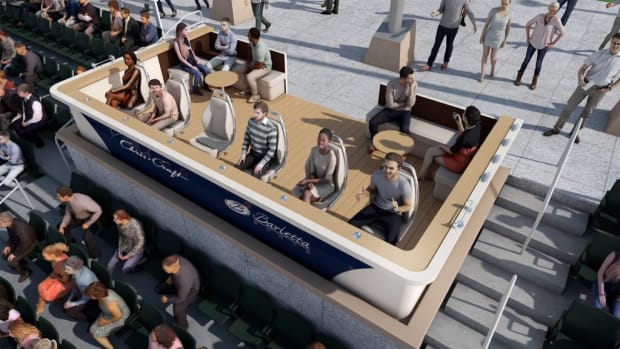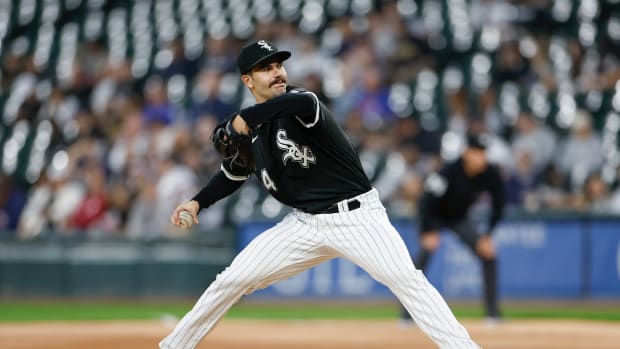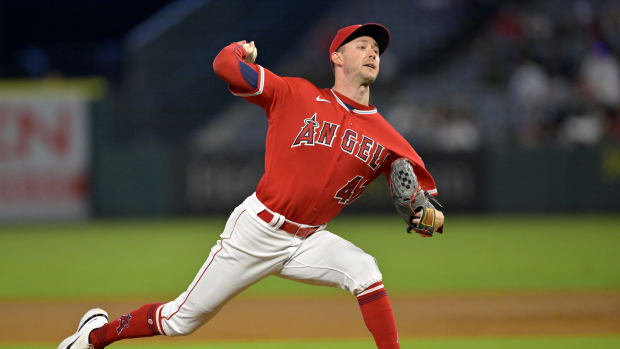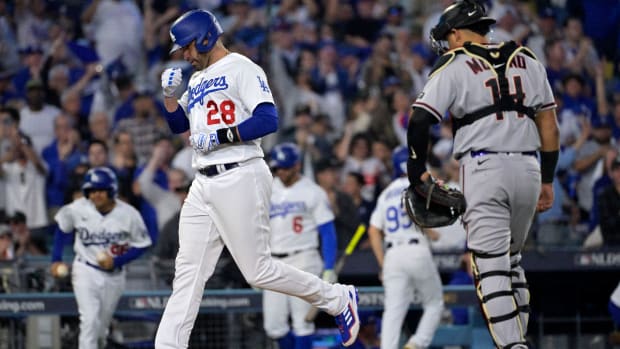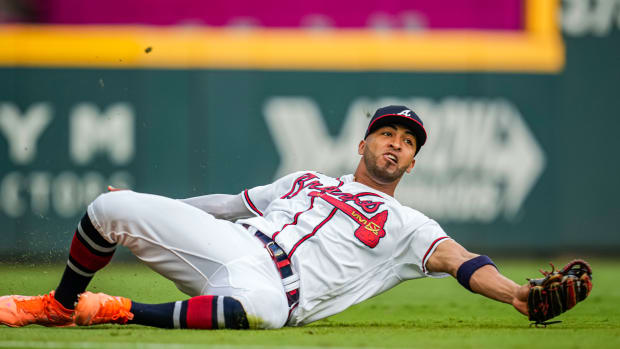Can Shields protect Rays from 0-2?
The gap between being tied at one and being down 2-0 is massive, though. Teams that are 1-1 win the Series half the time and lose half the time. However, losing the first two games puts you not just behind the eight-ball, but the entire rack: BP's Caleb Peiffer points out that teams starting the World Series by dropping the first two games at home are 3-13 overall. Only the 1985 Royals, the '86 Mets and the '96 Yankees managed to climb out of such a hole.
So if the Phillies needed to win last night's game, with their ace on the mound, the Rays need a win tonight to keep from falling into the abyss. Fortunately for them, they send their best starter in 2008, James Shields, to the mound. Better still, they send Shields to the mound at Tropicana Field, where he notably had an ERA two runs lower (2.59) than he did away from home (4.82), That split, while not quite as pronounced, was present in his numbers in 2006 and '07 as well.
When you look into that split, though, what you find is that Shields is pitching about the same at home as he is on the road. The numbers in the table above are for Shields' career, and reflect the times he gets each result as a percentage of batters faced.
There's a small degradation in Shields' performance on the road, one that is consistent with the established idea that players do perform slightly better at home. Shields strikes out a few extra hitters at home and allows fewer home runs. The gap in his rate stats, however, doesn't warrant an ERA gap of more than a run and a half per nine innings. No, Shields' ERA is higher on the road not because he's pitched less effectively, but because of everyone's favorite gremlin, his batting average allowed on balls in play. That number is .285 at home and .311 on the road, a 26-point difference that has little to do with his own work. Pitchers can influence their BABIP via their groundball/flyball rate, but by and large it's a number that is defense-dependent, and thus out of their control.
Shields isn't a much better pitcher at home. He has the home-field advantage everyone else does, but has gotten less support from his defense, over what is still a fairly small sample, on the road. The biggest gap in his numbers, by far, is that BABIP. Look at 2008:
The home-run rate is much worse on the road -- doubled, basically -- but Shields is once again on the wrong side of variance when it comes to his BABIP. The difference comes to about one hit per start, which is enough to send your ERA skyrocketing. If Shields had only the higher home-run rate and an even BABIP split, we wouldn't be talking about his big home/road split, because it wouldn't exist. Shields' big ERA gap doesn't exist because he's a much better pitcher at home; it exists because of a statistical fluke.
This is important. Rays manager Joe Maddon may have pushed Shields back to Game 6 of the ALCS in part because of his big home/road split. Because he was pushed back he was unavailable to start last night against Hamels. Scott Kazmir provided a quality start, but the Rays needed a higher-quality one, the kind Shields produces more often. Had Maddon stuck with his original rotation, rather than been influenced by the surface appearance of Shields' stats (and Kazmir's small-sample success in Boston), the World Series might look quite different now. Instead the Rays find themselves needing tonight's game desperately.































